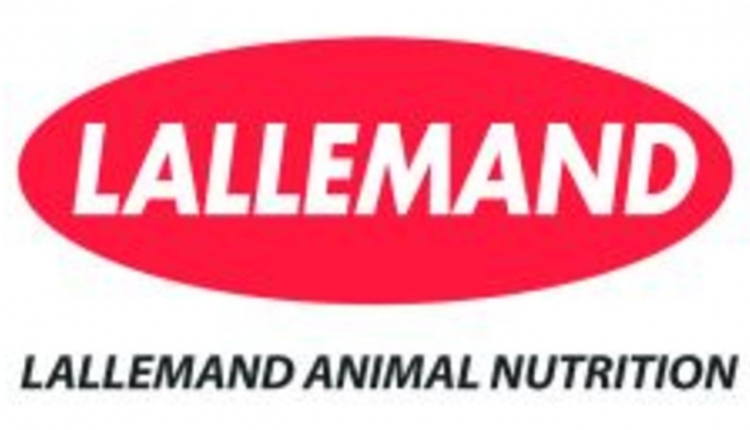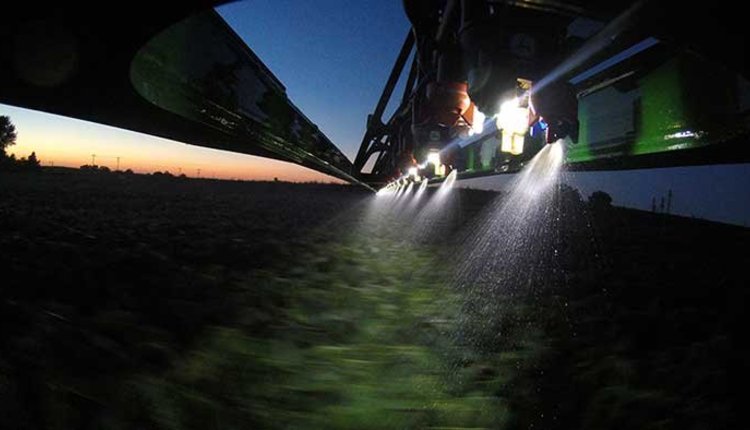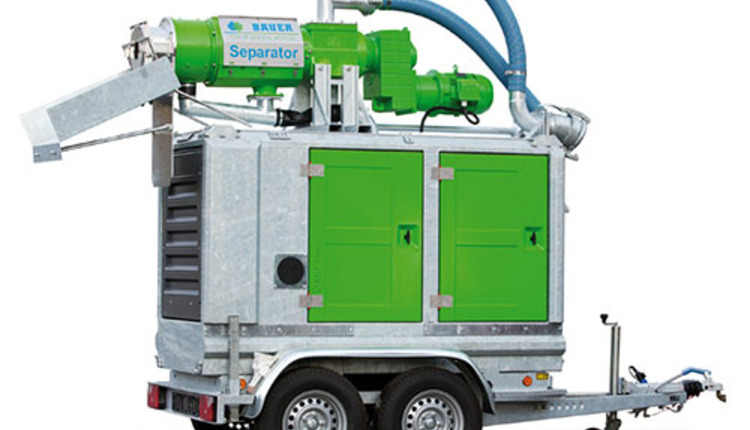 As corn silage growers near their anticipated harvest date, it's important to walk fields to determine how the crop is progressing. Ultimately, harvest timing can be critical in achieving high-quality corn silage that delivers optimal performance for livestock. The following checklist can lead to a successful harvest.
As corn silage growers near their anticipated harvest date, it's important to walk fields to determine how the crop is progressing. Ultimately, harvest timing can be critical in achieving high-quality corn silage that delivers optimal performance for livestock. The following checklist can lead to a successful harvest.- Optimal Dry Matter: Be ready to chop when your corn silage has reached the optimal level of dry matter to ensure proper silage fermentation and compaction. For bunkers, piles, and bags, target 32 to 35 percent dry matter. Milk line is usually at half to three-quarter but depends on moisture in the field and drydown as milk line may not be the best indicator of when to chop.
- Maturity vs. Starch Level: Be aware of plant dry matter and maturity as starch levels increase. If you delay harvest to achieve higher starch levels in your corn silage, you must process corn kernels to avoid the passage of harder starch particles.
- Kernel Processing: Kernel processing is crucial, especially with hybrids that have hard or dense starch forms. All kernels should be damaged with kernels broke into four pieces or finer.
- Theoretical Length of Chop and Roller Opening: Two different equipment changes can be made:
- TLC (theoretical length of chop) from 3/8 to 3/4 inch and roller opening from 1 to 4 mm (millimeters). Most discussion centers on TLC while both adjustments should be considered when getting an "optimal" corn silage particle size. The following guidelines can be used and refined using a Penn State box with your local Hubbard representative.
- Inoculant or Preservative: Always add a research-based silage inoculant or preservative. Published research has shown a 3 percent increase in dry matter recovery and an increase of 2 percent in energy content as the fermentation is optimized. The benefit-to-cost ratio is typically 3-to-1 in nutrient recovery. Hubbard Feeds offers both inoculant (SIL-ALL®) and preservative (BULLETPROOF®) options for your forage needs.
- Packing Density: Target corn silage density to exceed 15 pounds of dry matter per cubic foot in storage. This can be a challenge for bags and drier corn silage.
- Cover Bunkers / Piles: Cover bunkers and piles with a layer of oxygen-barrier film and cover with overlapping plastic that lines the interior wall before covering with oxygen-barrier film.
- Evaluate Silage Fermentation: Check the fermentation profile of your corn silage to determine if your corn silage has an optimal fermentation pattern. Table 1 lists the desired silage pH, level of organic acids (lactic, acetic, butyric, and propionic acids), ammonia nitrogen (more important with haylage) and ethanol (not desired). Using an inoculant will enhance your fermentation profile along with optimal packing and filling rates.
- Calculate Needed Inventory: Calculate the amount of corn silage you will need for the 2016-2017 feeding year. Be sure to have enough 2016 corn silage to reach to December of 2017. Research has shown corn silage increases in feed value (more energy per pound of dry matter) if corn silage has been allowed to ferment for 3 to 5 months after ensiling.
- Calculate Corn Silage Value: Calculate the value of your corn silage at harvest time to use in your farm budgeting program. One guideline is to charge the current price of a bushel of corn grain times 6 or 8 depending on the relationship of a bushel of corn per acre compared to tons of wet corn per acre.
For the complete article on Preparing for Corn Silage read our August Dairy Solutions E-Newsletter.
Author: By: Dr. Jon Pretz, Dairy Nutritionist
9.16.2016








